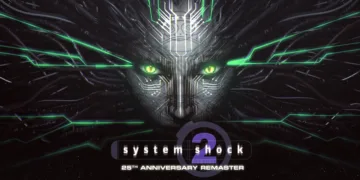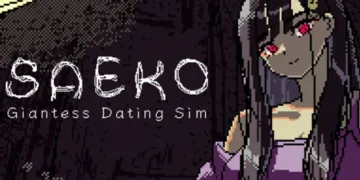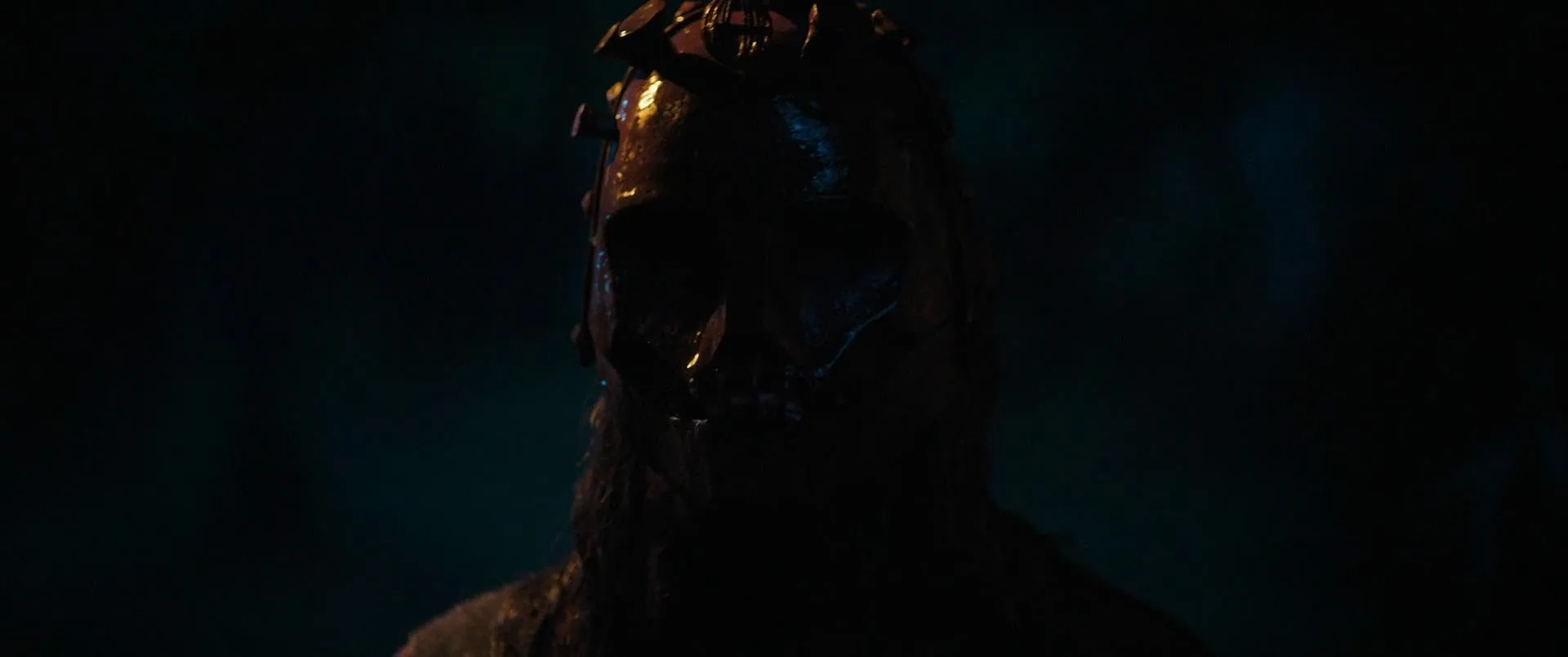The Swedish horror film Feed taps into a distinctly modern anxiety: the relentless pressure to turn every experience into monetizable content. The movie opens on a premise that feels both current and timeless, sending a crew of social media influencers to a remote Swedish eco-resort.
Their mission is to rescue the failing “glamping” business by manufacturing viral buzz. The tool for this task is the region’s dark history—a local legend of Märit, a 17th-century woman accused of witchcraft and drowned in the nearby lake while locked in an iron mask.
This collision of ancient folklore and digital-age cynicism sets a compelling stage. We are introduced to the group through the eyes of Elin, a medical student and the pragmatic outsider accompanying her influencer boyfriend, Dimman.
The immediate tension arises not from the woods but from the brittle, performative relationships within the group, particularly the staged romance between Dimman and his famous ex-girlfriend, Josefin. A sense of dread brews in the contrast between the pristine, curated images they hope to broadcast and the raw, murky history stirring just beneath the lake’s surface.
The Lake and the Legend
The power of any regional horror lies in its sense of place, and Feed leverages its Scandinavian setting to great effect. The vast, indifferent lake and the isolated island become characters in their own right, generating a potent atmosphere of suspense long before the first drop of blood.
The folklore of Märit is introduced not as a cheap jump scare but as a piece of cultural memory, a story rooted in historical persecution that the influencers intend to repackage for shallow entertainment. The film expertly blurs the line between a marketing stunt orchestrated by the group’s manager and a genuine supernatural threat.
Early moments of unease—a strange shape in the water, an unnerving sound—give way to sharp, undeniable violence. The attack that nearly severs a character’s foot is a turning point, a brutal intrusion of physical reality into a world of digital artifice.
The visual representation of the threat, an iron-masked figure emerging from the dark water, is a powerful translation of the legend into a tangible slasher antagonist, forcing the characters and the audience to confront the horrifying possibility that the history they meant to exploit is fighting back.
Performing for an Unseen Audience
At its heart, Feed is a sharp critique of the influencer economy, examining a culture where authenticity is a performance and human connection is a metric. Elin serves as the narrative’s anchor, her grounding in the real world of medicine and logic providing a stark contrast to the performative narcissism of her companions.
Their existence is a constant broadcast, their relationships shaped by the demands of their followers. The fabricated romance between Dimman and Josefin becomes a central point of friction, a microcosm of a world where appearance trumps reality.
The film questions how far people will go for engagement, a theme made terrifyingly literal when their survival depends on breaking free from this mindset. The characters’ decisions, which often seem illogical, can be read as a comment on their detachment from genuine consequence; they are so accustomed to curating reality that they struggle to react when reality refuses to be managed.
This exploration of “ghost tourism”—the act of turning tragedy into a marketable experience—resonates globally, but feels pointed in a cultural context where nature and history hold a quiet, revered status.
An Echo of a Scream
The film moves with an effective rhythm, transitioning from the glossy unreality of the influencers’ world to a tense and sustained horror sequence without unnecessary delay. Its visual language borrows heavily from the American slasher tradition, with clear nods to the lakeside terror of Friday the 13th and the found-footage panic of The Blair Witch Project.
Yet, these references feel less like imitation and more like a Swedish filmmaker entering into a dialogue with genre conventions. The cinematography is competent, capturing both the beauty of the Nordic landscape and the claustrophobia of a tent in the dead of night.
The film’s central mystery builds toward a final revelation that attempts to reframe everything the audience has witnessed. This narrative choice is a significant gamble. In one sense, it aims to ground the horror in a very human, tangible motive, reinforcing the critique of deception.
However, this resolution may also deflate the potent, folklore-infused dread built so carefully, trading a chilling supernatural tale for a more conventional explanation that strains plausibility and diminishes the power of the preceding events.
Full Credits
Director: Johannes Persson
Writers: Johannes Persson, Tarmo Eerma
Producers and Executive Producers: Joakim Lundell, Jonas Wåhlström, Joakim Falk, Joakim Johansson
Cast: Sofia Kappel, Joel Lützow, Molly Nutley, Vincent Grahl, Ida Engvoll, Anita Wall
Director of Photography (Cinematographer): Gabriel Mkrttchian
Editors: Hanna Storby
Composer: Carl-Johan Sevedag
The Review
Feed
Feed skillfully blends a sharp critique of influencer culture with the chilling atmosphere of Scandinavian folklore, creating a modern slasher with a pointed message. While it excels at building suspense and delivering moments of brutal horror, its narrative ambitions are ultimately undercut by a final twist that feels more like a cheat than a clever resolution. The film serves as a compelling, if flawed, entry in the global horror conversation, successfully localizing a universal genre while commenting on the empty performance of our digital age.
PROS
- Potent, atmospheric use of the Swedish lakeside setting.
- A timely and sharp critique of influencer culture and "ghost tourism."
- Features several effective and genuinely brutal horror sequences.
CONS
- The final plot resolution undermines the supernatural dread built throughout the film.
- Characters, aside from the protagonist, are mostly one-dimensional archetypes.
- The narrative logic strains believability, especially in its concluding moments.

















































